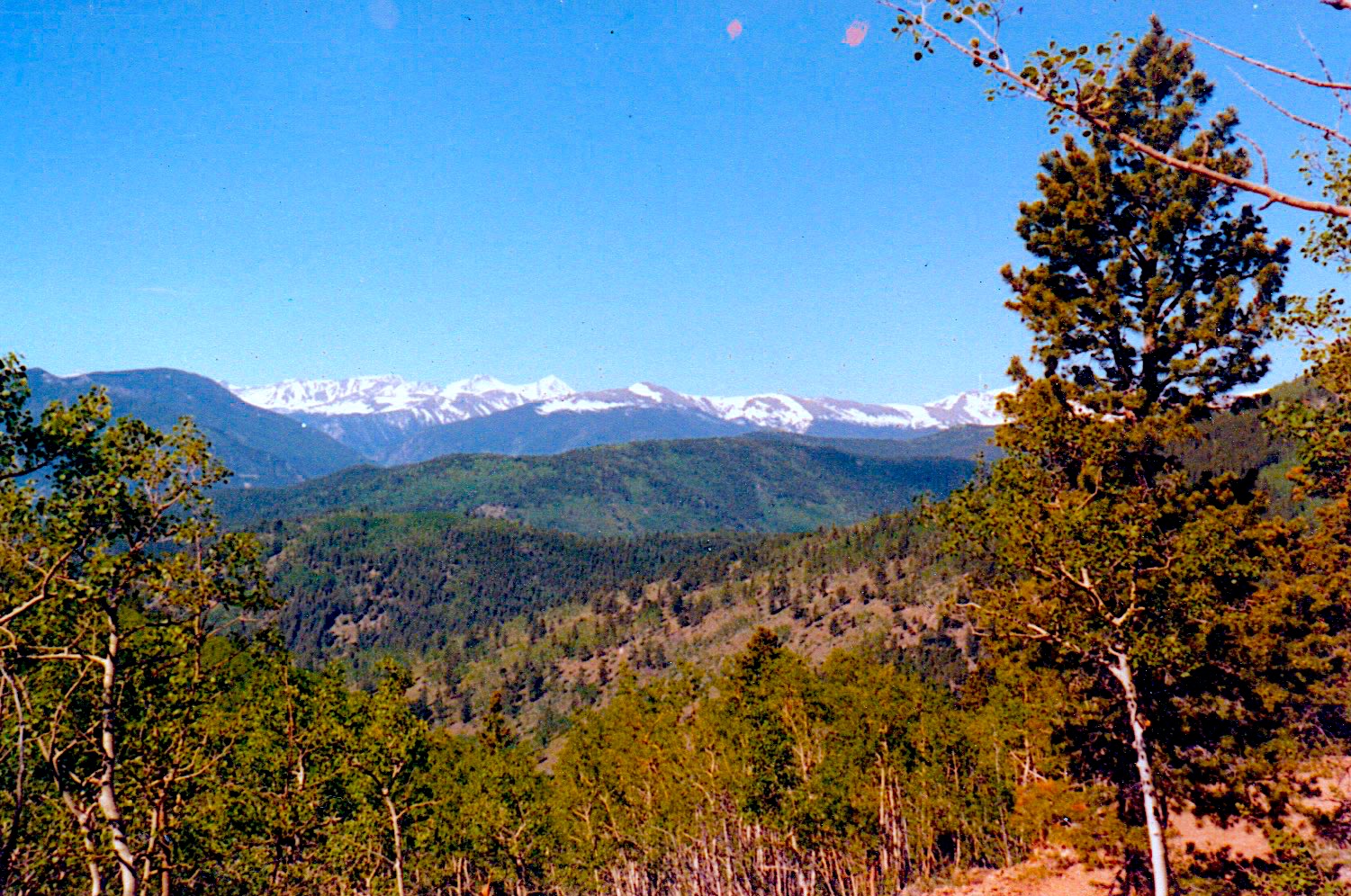I think everyone’s mom is probably the best cook ever. Over time, other cooks will also come into your life, but certain dishes will always remain a favorite when prepared by mom.
The title to the story is my mom’s. For years she told me she would write it. As far as I know she never did.

Lighting a fire from a cold wood stove
Hands down the best kindling is cedar wedges, like from a roof. If that is not available, small twigs of dry wood like Aspen. Gathering kindling was Charlie’s chore, probably to make up for the fact that us older kids had so many. He complained so much about it… but I guess he was entitled since he was only three or four.
First though, you will need to clear the previous night’s ashes from the fire box by moving the crank back and forth to release it into the ash chamber below.
Open the vent just outside the fire box completely to give it as much air as possible. Three or four crumpled full pages of news paper laid across the bottom and covered with eight to twelve pieces of kindling should be enough to start it.
Oh no! Did we remember to move the lever at the back of the cooking surface? The one that diverts the smoke and heat around the oven instead of directly out the top of the stove into the pipe?
The best paper to start the fire with is newspaper, but just the part with news, not the advertisements. Comics are okay, but better saved for wrapping Christmas gifts.
Yah, that’s why the smoke is backing up, just turn that lever. That’s it, open that top-left front door with a fireproof tool, see how the flames are being pulled so much faster when you look through the fire box door? Before that burns out grab a couple of aspen logs from the stack, perhaps four with 2-4” diameter. Carefully place them in through the front door without burning yourself.
Okay, that’ll be good for a minute or two. Start another stove or fill up the tea kettle and place it on the hot-most point on the left burners. Breakfast isn’t for a little while so when the first fire burns down a little, grab some larger Aspen and then maybe a couple of pieces of pine and put them in the fire box. When that’s going well, flip that little lever at the back of the oven to the right. That’ll heat up the whole stove including the hot water tank on the one pictured.
For the most part, dad started the first fire of the day. I think mom just stayed under the warm covers like Jen and I did before he got them started.
Mom could have just as easily started that fire as dad, (he just got up earlier), but in any event mom usually took over the fire tending after dad got started on whatever his chores were for the day.
The science behind cooking on a macrowave oven
How the fire was nurtured is really dependent on what was going to be cooked on this macrowave next. A fire for a family breakfast was different than a cake for a family birthday for instance.
Aspen is great to get a fire started, but for cooking, mom often used pine to create a longer lasting fire. The amount of air coming in through the side vent and the bottom vent made a huge difference in the fire as well.
But honestly the biggest thing was that lever at the back of the oven. Let me explain more about how that worked.
In the first position, the flames & smoke are directed to the back of the fire box and directly out the top of the 6” stove pipe, then somewhere up this flue and out of the house.
In the second position the smoke, air and flames are directed into a gap above the oven and under the cast iron stove top. Yes, the entire stove top is made of the same material as the cast iron cookware of today. So these hot flames are heating up the burners, then continuing down around the right side of the oven. By now the flames are out and it is just smoke and heat. Then, under the oven, it is diverted once again to the backside of the stove and finally out through the top where it exits like normal.
Mom managed all these variables of cooking on top of the fact that the thermostat on the oven was inaccurate. Need more heat? turn that lever to the right and put another log on the fire. Less heat? turn it to the left. Some fancy ovens also allowed you to put it somewhere in the middle of the two.
Between the stove at the cabin and the stove in the basement and later the main floor of our log home, mom managed to cook many, many, many meals for our family on a wood cook stove during the years we lived together in the Colorado Rockies.
Spaghetti & garlic bread, chili & cornbread, fried chicken & mashed potatoes, every breakfast item under the sun, Thanksgiving, Christmas; mom cooked everything. But my most favorite thing to this day is Porcupine Balls.

Here they are shown as cooked by more conventional means and served by my wonderful wife with mashed potatoes and spinach, just like mom used to make from her recipe website.




